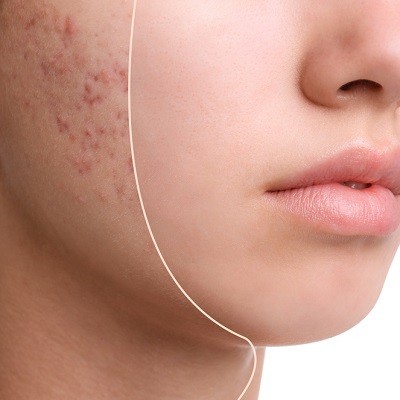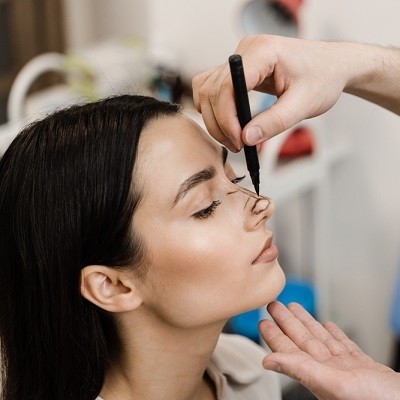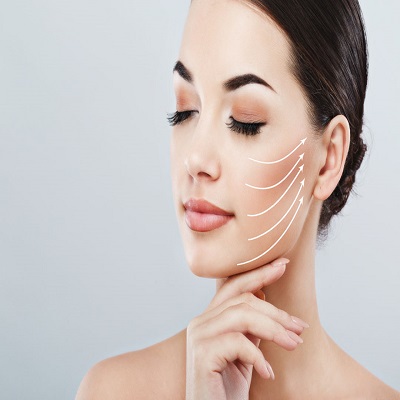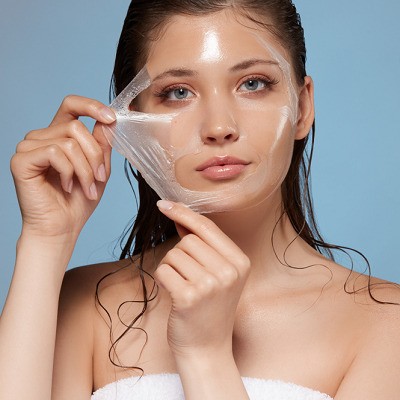How Soon Can I Return to Work or Normal Activities After a Thread Lift?

Strong 8k brings an ultra-HD IPTV experience to your living room and your pocket.
A thread lift in Islamabad is a popular non-surgical cosmetic procedure designed to lift and rejuvenate sagging skin, offering results similar to a facelift but with much less downtime. This minimally invasive treatment uses dissolvable threads inserted under the skin to lift and tighten areas like the face, neck, and jawline. One of the many advantages of a thread lift is its minimal recovery time, which is a major factor in its growing popularity. However, many individuals are still curious about how quickly they can return to their normal routine after the procedure. In this blog, we’ll explore what you can expect in terms of recovery time and when it’s safe to resume work or normal activities after a thread lift.
Understanding the Thread Lift Procedure
Before diving into the recovery process, it's important to understand how a thread lift works. The procedure involves inserting fine threads made from materials like polydioxanone (PDO), poly-L-lactic acid, or polyglycolic acid into the skin. These threads are inserted using a fine needle, which leaves minimal scarring. The threads are then pulled to lift and reposition the skin, improving its appearance by tightening sagging areas.
The procedure stimulates collagen production, which helps to strengthen the skin and improve its elasticity over time. The effects of a thread lift can last anywhere from 12 months to several years, depending on the type of threads used and the individual’s skin condition.
How Long Does the Thread Lift Recovery Take?
The recovery time for a thread lift is typically much shorter compared to traditional facelifts, making it a great option for individuals with busy schedules. However, like any cosmetic procedure, some level of recovery and post-procedure care is necessary to ensure optimal results and minimize complications.
Immediate Aftercare: After the procedure, you will likely experience some swelling, bruising, and mild discomfort in the treated areas. These effects usually peak within the first few days and gradually subside over the next week. The threads themselves may also cause slight tightness or pulling sensations under the skin, which is temporary.
Short-Term Downtime: Most people are able to return to light activities like work or errands within 2 to 3 days after the procedure, especially if their job does not involve physical exertion. However, it’s recommended to avoid strenuous activities or anything that may put pressure on the treated areas during the initial recovery period. Here’s a more detailed breakdown of what to expect after your thread lift:
Day 1 to 2: Most individuals experience swelling and bruising. This is normal and can be managed with cold compresses and over-the-counter pain relievers as advised by your doctor.
Day 3 to 5: Swelling and bruising may still be present but should begin to decrease. You can resume non-strenuous activities, like light office work or social engagements, but you should avoid any activities that could put pressure on the treated areas.
Week 1: Swelling and bruising continue to improve. You should be cautious about intense facial expressions, heavy lifting, or anything that could put strain on the skin.
Returning to Work: What to Expect
Most individuals who undergo a thread lift can return to work within 2 to 3 days after the procedure. However, your specific situation may vary depending on the extent of the procedure, your natural healing process, and the type of work you do.
Desk jobs/office work: If your job involves sitting at a desk and working on a computer, you can likely return to work the following day or within 2 days after the procedure. Although you may experience some swelling or bruising, these are usually manageable with makeup or concealer.
Customer-facing roles: If your work involves interacting with the public or clients, you may want to give yourself an extra day or two to allow some swelling and bruising to subside. While you can go back to work sooner, you may feel more comfortable waiting until the most noticeable side effects have improved.
Physically demanding jobs: If your job involves physical labor, heavy lifting, or strenuous activities, it’s best to wait at least 7 to 10 days before returning to work. Your body needs time to heal, and the treated areas should be protected from excessive movement or pressure.
When Can You Resume Normal Activities?
After a thread lift, it’s important to avoid certain activities that may interfere with healing and the final results of the procedure. Here’s a general guideline on when you can safely resume different types of activities:
Exercise and Physical Activities:
Light exercise (walking, stretching): You can generally resume light physical activity within 3 to 5 days after the procedure. However, you should avoid any activities that cause excessive sweating, like hot yoga or strenuous workouts, for at least 1 week.
Intense exercise (running, lifting weights): It’s advisable to wait for 10 to 14 days before resuming more intense exercise routines. This will allow your body to heal without putting pressure on the treated areas and ensure that the threads settle into place.
Swimming: Avoid swimming in pools, hot tubs, or the ocean for at least 2 weeks to minimize the risk of infection and further irritation.
Facial Treatments and Makeup:
Makeup: You can typically wear makeup 2 to 3 days after the procedure to cover any residual bruising or redness. However, avoid applying heavy makeup directly to the treated areas during the first few days to prevent unnecessary irritation.
Facial treatments (facials, massages, etc.): Wait at least 2 weeks before booking any facial treatments or massages. This ensures that the threads remain in place and the healing process is not disrupted.
Social and Public Engagements:
Social activities and meetings: Most people can return to their social lives shortly after the procedure, provided they are comfortable with any residual swelling or bruising. Light concealer or makeup can help to mask any remaining signs of the treatment.
Travel: You can travel shortly after the procedure, but it’s important to protect your skin from the sun and keep the treated areas clean and moisturized. Avoid long flights or exposure to high altitudes for the first few days, as this can increase swelling.
Long-Term Recovery and Results
While the initial recovery period is relatively short, your skin will continue to adjust as collagen production increases and the threads dissolve. Most people see significant improvement within the first month, but the final results typically take 3 to 6 months to become fully apparent. During this time, your skin will continue to tighten and smooth as the collagen stimulates natural rejuvenation.
Conclusion
One of the major advantages of a thread lift is its minimal recovery time, allowing individuals to return to work and normal activities within just a few days. While you should avoid intense physical activity for up to two weeks, most people can resume light activities like office work and social engagements within a few days of the procedure. By following your practitioner’s aftercare instructions and allowing your skin time to heal, you can enjoy long-lasting results with minimal disruption to your daily routine.
Note: IndiBlogHub features both user-submitted and editorial content. We do not verify third-party contributions. Read our Disclaimer and Privacy Policyfor details.







